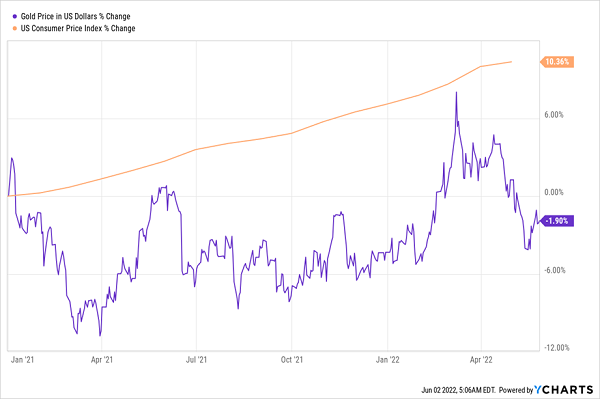When DoubleLine CIO Jeffrey Gundlach speaks, we yield hounds listen.
Right now, the “Bond God” has gold on the brain. We’re dialed in, because his latest utterances are pointing the way to a sweet 7.4%-paying “gold-dividend twofer” for us.
I’m talking about a play for price upside in the near term, followed by big monthly dividends (yes, 7.4%, and maybe more) when the “discount trigger” we’ll talk about in a sec kicks in.
The Bond God Calls ’Em Like He Sees ’Em
The Bond God is a dyed-in-the-wool contrarian who holds a special place in our hearts because, well, he’s often right.… Read more


Recent Comments